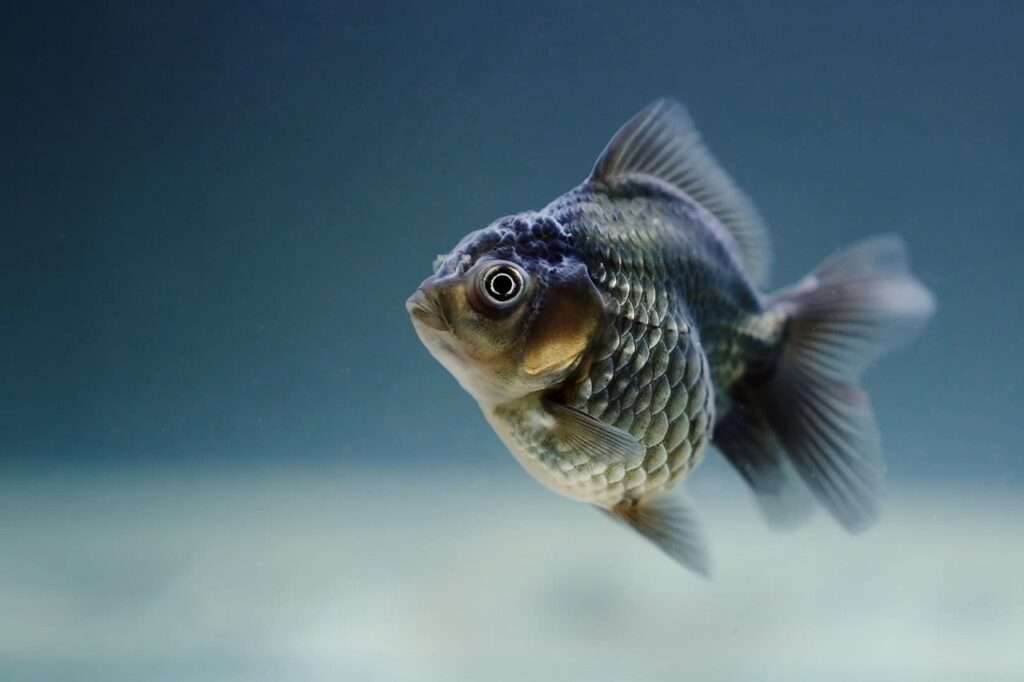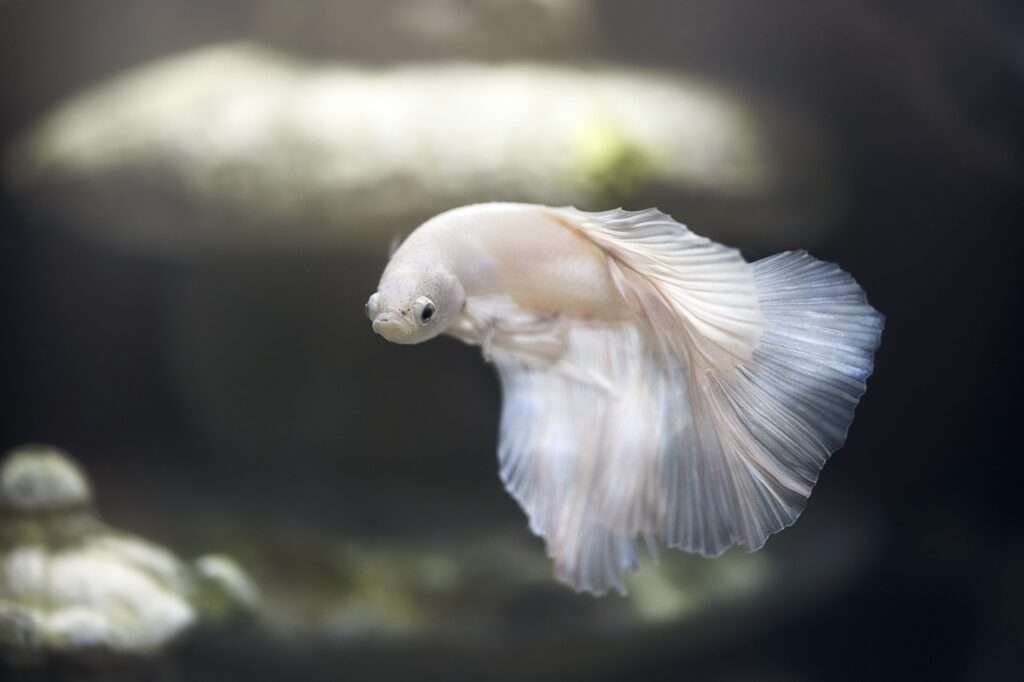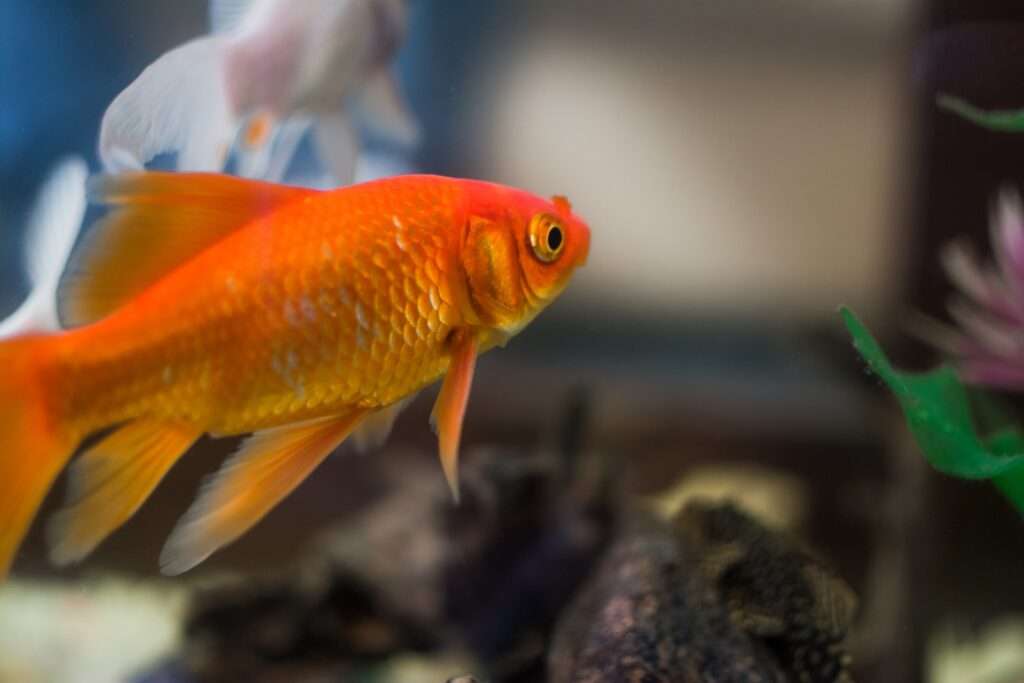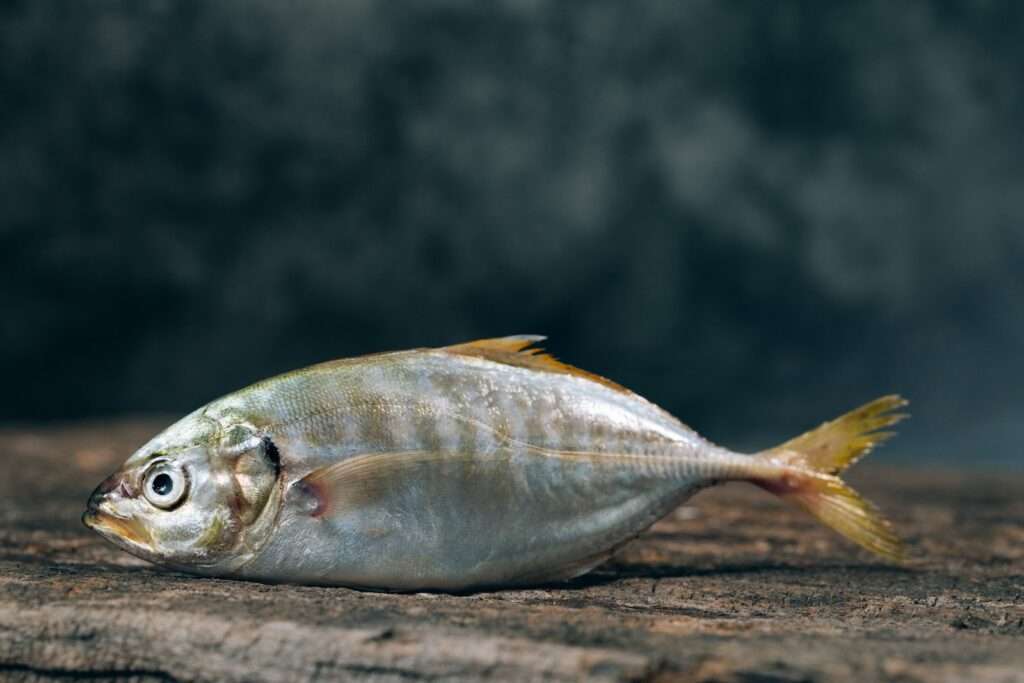Viral diseases can be detrimental to the health of fish in your aquarium. Recognizing the causes, symptoms, and proper treatments for these diseases is crucial for maintaining a thriving fish tank. In this article, we will delve into common viral diseases that affect fish, providing valuable insights and guidance for fish care enthusiasts. Additionally, we will address some frequently asked questions regarding viral diseases in fish.
Viruses are microscopic organisms that can infect fish in various ways. Understanding the causes of viral diseases is essential for preventing their occurrence. One common cause is the introduction of infected fish. Bringing infected fish into your tank can introduce viruses to the population. It is crucial to quarantine new fish before adding them to your aquarium to prevent the spread of diseases.
Another cause of viral diseases is contaminated equipment or water. Sharing equipment, nets, or water between infected and healthy fish tanks can facilitate the transmission of viruses. Proper cleaning and disinfection protocols should be followed to avoid cross-contamination.
Stressful environmental conditions can also make fish more susceptible to viral infections. Fish that experience stress due to poor water quality, temperature fluctuations, or inadequate nutrition become more vulnerable to viral diseases. Maintaining optimal tank conditions is vital to prevent the onset of diseases.
Recognizing the symptoms of viral diseases is essential for early detection and prompt treatment. One common viral disease is Lymphocystis, caused by the Lymphocystivirus. It is highly contagious and characterized by the development of white, wart-like growths on the fish’s skin, fins, and mouth. Unfortunately, no specific treatment exists for Lymphocystis. However, maintaining good water quality and providing a balanced diet can support the fish’s immune system, aiding in recovery.
Another common viral disease is Infectious Pancreatic Necrosis (IPN), caused by the Birnavirus, which primarily affects salmonid species. Fish affected by IPN display symptoms such as lethargy, abnormal swimming patterns, darkening of the skin, and a bloated abdomen. Currently, no cure is available for IPN. Isolation of infected fish and strict biosecurity protocols are vital to prevent the spread of the virus.
Now, let’s address some frequently asked questions regarding viral diseases in fish:
Q1. Can viral diseases be completely eliminated from a fish tank?
A1. Unfortunately, viral diseases in fish cannot be completely eradicated. However, careful management, quarantine protocols, and maintaining optimal tank conditions can minimize the risk of viral outbreaks.
Q2. How can I prevent the introduction of viral diseases through new fish?
A2. Quarantining new fish for at least two weeks in a separate tank is essential. Observe them closely during this period to ensure they are healthy before introducing them to your main aquarium.
Q3. Can viral diseases spread from fish to humans?
A3. Generally, viral diseases in fish do not pose a threat to human health. However, it is always essential to practice good hygiene when handling fish, such as washing your hands thoroughly after any contact.
Q4. Are vaccines available for fish viral diseases?
A4. Vaccines are available for some viral diseases, such as Infectious Salmon Anemia (ISA) in salmon. However, their availability for other fish species and viral infections is limited.
In conclusion, understanding the causes, symptoms, and treatments of common viral diseases in fish tank fish is vital for maintaining a healthy aquarium. By implementing proper quarantine protocols, maintaining optimal tank conditions, and practicing good hygiene, fish enthusiasts can minimize the risk of viral outbreaks and provide the best care for their beloved aquatic pets.









